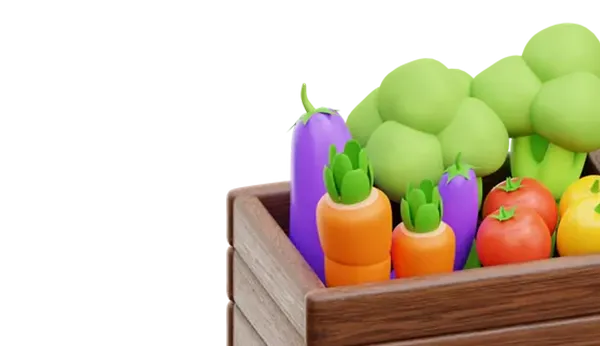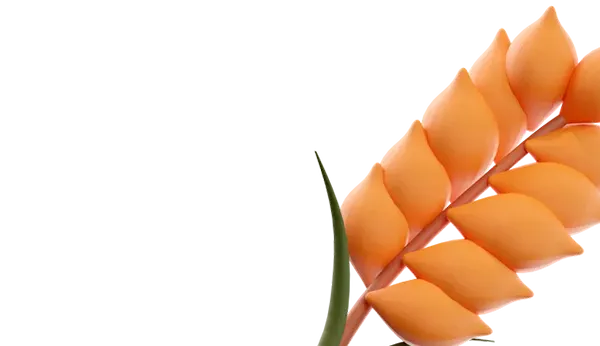First of all, keep in mind that for successful growth, lemon balm requires good lighting, although it can tolerate some shade. It is preferable for the plant to be situated in areas protected from strong winds. The soil should be loose, fertile, and well-drained. Lemon balm prefers neutral to slightly acidic soils with a pH of 6-7. If the soil is too acidic, you can add lime to neutralize it.
Before planting, it is necessary to carefully cultivate the soil, removing weeds and roots of other plants. Adding organic fertilizers, such as compost or manure, helps improve soil structure and enrich it with nutrients. It is also recommended to add some sand to improve the soil's drainage properties.
Lemon balm can be grown from seeds as well as with seedlings.
Seeds are planted in spring, after the threat of frost has passed. To do this, make furrows about 1 cm deep and plant the seeds 10-15 cm apart. Then, cover the seeds with soil and water gently. The first shoots will appear in 2-3 weeks.
If you prefer to use seedlings, the seeds should be planted in containers at the end of April. The plants can be transplanted to their final location 45-55 days after germination. The distance between plants should be 20-30 cm.
Lemon balm requires regular watering, especially during active growth. It is recommended to water the plants in the morning or evening to reduce moisture evaporation under direct sunlight.
Lemon balm is fertilized twice a season: the first time after the appearance of seedlings, and the second time before flowering begins. Organic fertilizers such as compost tea or diluted poultry manure can be used in a ratio of 1:10.
Regular weeding and soil loosening around the plants help improve air access to the roots.
The harvest of lemon balm occurs during flowering when the essential oil level is at its peak. The leaves are carefully cut with a sharp knife or scissors, leaving stems about 10 cm long. The cut leaves are dried in the shade, spread out in a thin layer on paper or fabric. Dried leaves are stored in airtight jars or bags in a cool, dark place.
Lemon balm is a frost-resistant plant, so it can survive the winter without cover. However, if the winter is too harsh, it is recommended to mulch the soil around the plants with peat or sawdust to protect the roots from freezing.
Lemon balm leaves can be used fresh or dried as a seasoning for meat dishes, salads, beverages, and desserts. They have calming properties, help relieve stress, improve sleep quality, and strengthen the immune system.
Infusions and decoctions of lemon balm leaves are used to treat various ailments such as colds, headaches, and gastrointestinal disorders.

 Trading platform
Trading platform 
 Monitoring
Monitoring  Express applications
Express applications 
 Fork Work
Fork Work 
 Service
Service  News
News  Directory
Directory 













